If your vehicle is signaling a transmission hot idle engine message, you know something is wrong. But what exactly does this alert mean, and is it something that needs to be addressed right away? Let's take a look below.
The transmission hot idle engine is an alert that appears on the driver information console [DIC], letting the driver know that the transmission fluid is hot, causing the transmission to overheat. When this alert pops up, the driver should bring the vehicle to a stop as soon as possible and turn off the engine.
If you are wondering, transmission repairs aren't cheap. On the contrary, they can be pretty costly. This article will discuss what could cause this message to appear and how to avoid transmission damage. In addition, we will answer other frequently asked questions about transmissions, so read on!
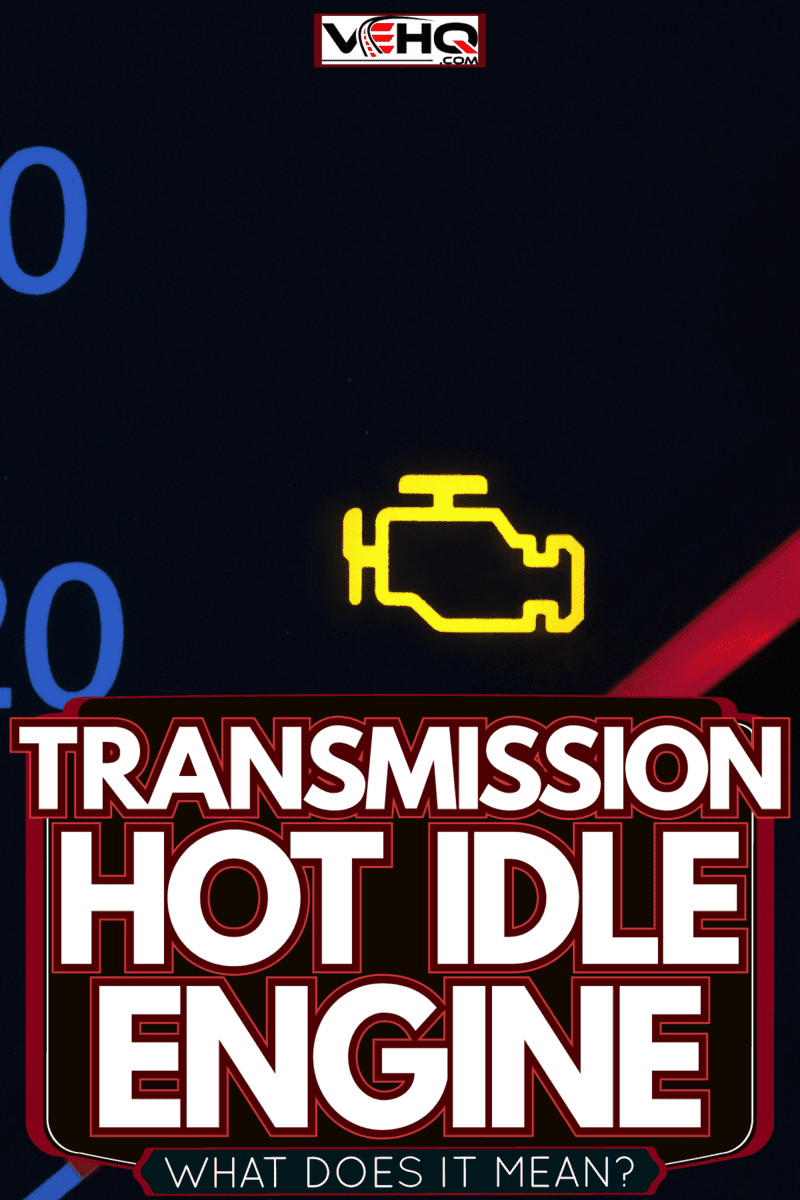
Transmission Hot Idle Engine: What Causes it?
As we mentioned above, the transmission hot idle engine message appears on the DIC to alert the driver that the transmission is overheating.
The transmission temperature sensor measures the temperature of the transmission fluid and sends a signal to the DIC. When the transmission fluid gets too hot, an alert is triggered.
There are a few different reasons why this might happen. Let's take a look below:
Aggressive Driving
Your driving habits play a significant role in the health of your transmission. For example, if you're an aggressive driver who likes to race from 0 to 60 or make quick starts, you're putting a lot of stress on the transmission.
This can cause the transmission to overheat and trigger the transmission hot idle engine message.
If you want to avoid this, we recommend driving more calmly and smoothly. We know it's hard to resist the urge to floor it sometimes, but your transmission will thank you in the long run.
Hot Weather

The climate mixed with many driving can also cause your transmission to overheat.
For example, if you live in a hot climate and do a lot of stop-and-go driving, this can strain the transmission. The same goes for driving at high speeds in the heat and humidity for a long time.
If you get the message in sweltering conditions, pull over and give your transmission time to cool down. Once it has cooled down, check the transmission fluid level and add more if necessary.
Overweight Loads
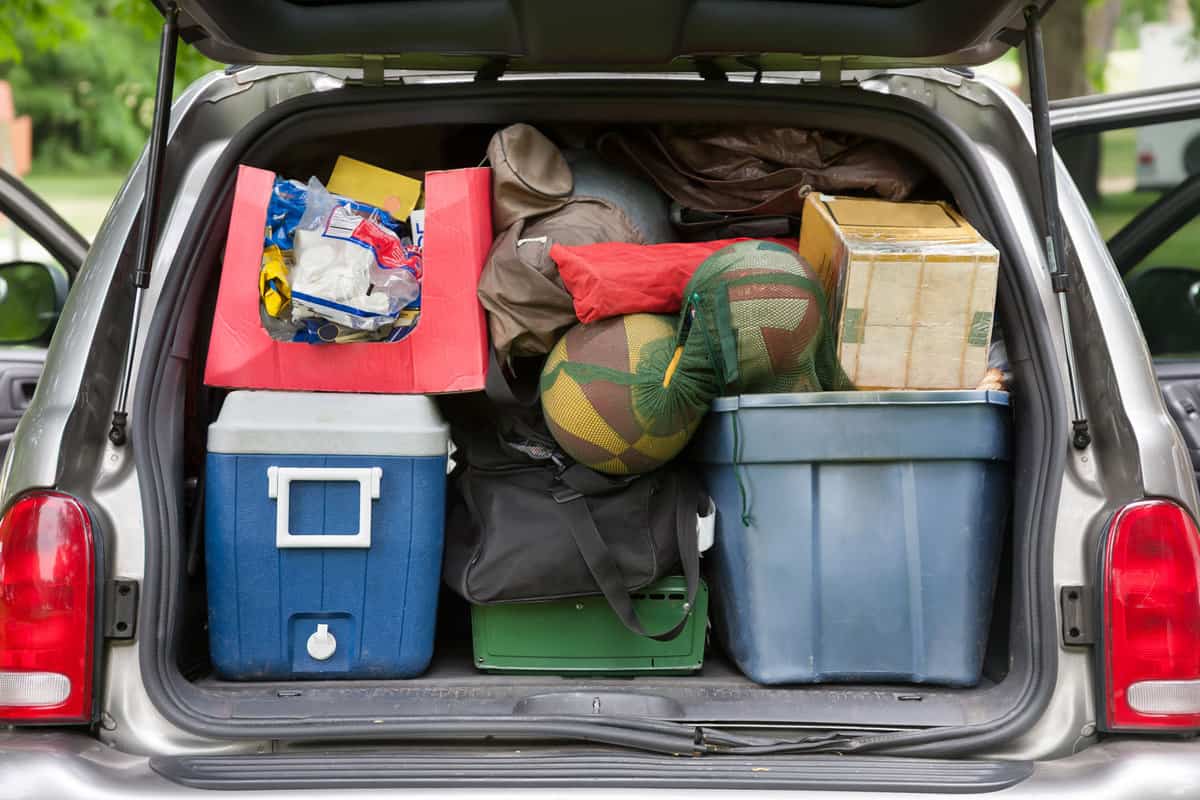
Another possible cause of the transmission hot idle engine message has an overweight load in your vehicle.
If you've just been to Home Depot and are driving home with heavy furniture or building supplies, this can put extra stress on your transmission.
Check your vehicle's payload capacity before hauling anything heavy to avoid this situation.
In addition, you need to make sure you aren't going over the towing capacity of your vehicle as well. If you tow a trailer full of heavy items, it will strain your transmission too.
Extreme Uphill Roads

You might be in trouble if you have to floor it up steep backcountry roads. This can cause the transmission to overheat, so take it easy.
If you have to drive on these roads frequently, we recommend investing in a transmission cooler or adding a transmission fluid additive. This will help keep the transmission fluid at a lower temperature and prevent overheating.
Low Transmission Fluid
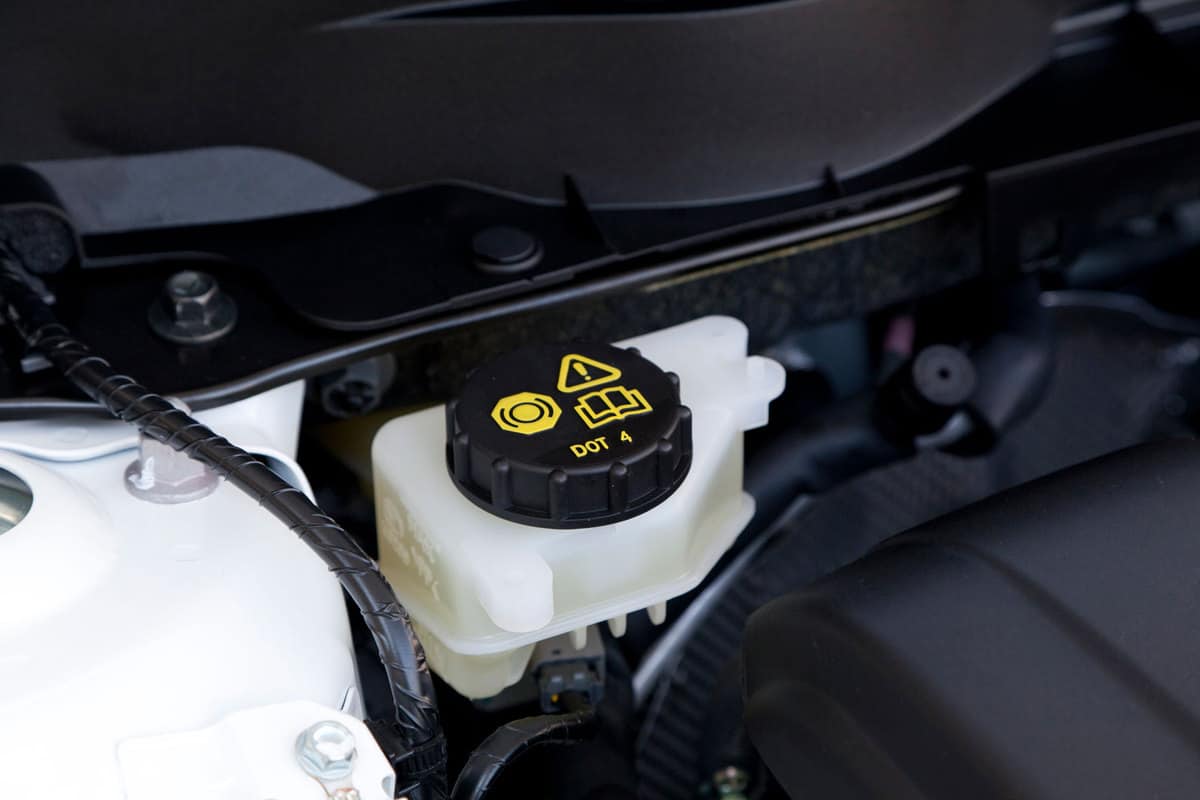
If your transmission fluid is low, your vehicle has to work harder. This puts a lot of stress on the transmission, which can cause it to overheat.
Check the transmission fluid level and if it is low, add more.
If you notice that you have to add transmission fluid frequently, there might be a leak somewhere. You should take your vehicle to a mechanic and have it checked out as soon as possible.
Bad Transmission Fluid
If the transmission fluid is dirty or old, it won't be able to do its job correctly. As a result, your transmission has to work harder, and this can cause it to overheat.
We recommend getting the transmission fluid flushed and replaced every 30,000-60,000 miles. This will ensure that the fluid is clean and effective.
Too Much Transmission Fluid
It is also possible that your transmission has too much fluid. This can happen if you accidentally overfill it when checking or adding transmission fluid.
If this is the case, some of the fluid will leak out. You might notice a puddle of red fluid underneath your vehicle if this happens.
In addition, the transmission might start to slip or have other issues as it tries to compensate for the extra fluid.
To avoid this problem, you should check the transmission fluid level regularly and make sure that it is at a safe level. If you are ever unsure, then bring your vehicle to a mechanic so they can check it out.
Internal Transmission Damage
If there is damage to the transmission, then this can cause it to overheat. The transmission has many moving parts, and if any of them are damaged or worn out, it can't operate properly.
This can lead to several problems, such as your vehicle's inability to shift gears correctly. In addition, the transmission might overheat or even completely fail.
Engine Overheating
If you have an oil leak or your engine is overheating, this can cause your transmission to overheat.
The transmission fluid gets its heat from the engine, so if the engine is too hot, the fluid will be hot. This can lead to a lot of stress on the transmission and eventually cause it to fail.
Bad Transmission Temperature Sensor
The transmission temperature sensor is responsible for sending information about the transmission fluid temperature to the computer.
If this sensor is damaged or not working correctly, then the computer won't be able to regulate the transmission fluid properly. As a result, the fluid can overheat and cause damage to the transmission.
We recommend taking your vehicle to a mechanic to have the sensor checked out as soon as possible if you suspect that it is not working correctly.
How long does it take for transmission to cool down?
Depending on the severity of the overheating, it could take 30 minutes or more for the transmission to cool down. If you are close to an auto parts store or gas station, you can buy a transmission fluid additive to help speed up the cooling process.
You can add the transmission fluid additive regularly if you do frequent towing or hauling as a preventative measure. However, the additive won't solve the overheating issue if something else occurs internally, such as damage to the transmission or engine.
After letting the transmission cool down, you might need to get your vehicle towed to a mechanic for further diagnosis and repairs if the overheating continues.
How do I know if my transmission is overheating?
There are a few common signs that your transmission might be overheating. Besides an illuminating transmission warning light, there are other warning signs to watch for:
Rough Shifting
If your vehicle is having trouble shifting gears, this could signify that the transmission is overheating. The rough shifting could feel like a clunking, lurching, or losing power when shifting gears.
Slipping Gears
Another sign that your transmission is overheating is if the gears seem to slip or not engage properly. This might be accompanied by a burning smell, which is likely due to the fluid getting hot and causing damage to some of the transmission's internal components.
Red Fluid Leak
In addition, if you notice that fluid is leaking out of the vehicle, then this could be a sign of overheating.
If the transmission fluid has turned red, this might indicate some damage to the transmission, and it needs immediate servicing.
While the red color doesn't necessarily mean that your transmission is about to fail, it is a sign that there could be some severe damage.
Overheating Temperature Gauge
The temperature gauge inside your vehicle might start to climb into the red zone if your transmission is overheating.
You should pull over and turn off your vehicle as soon as possible if this happens to avoid any further damage.
Burning smell
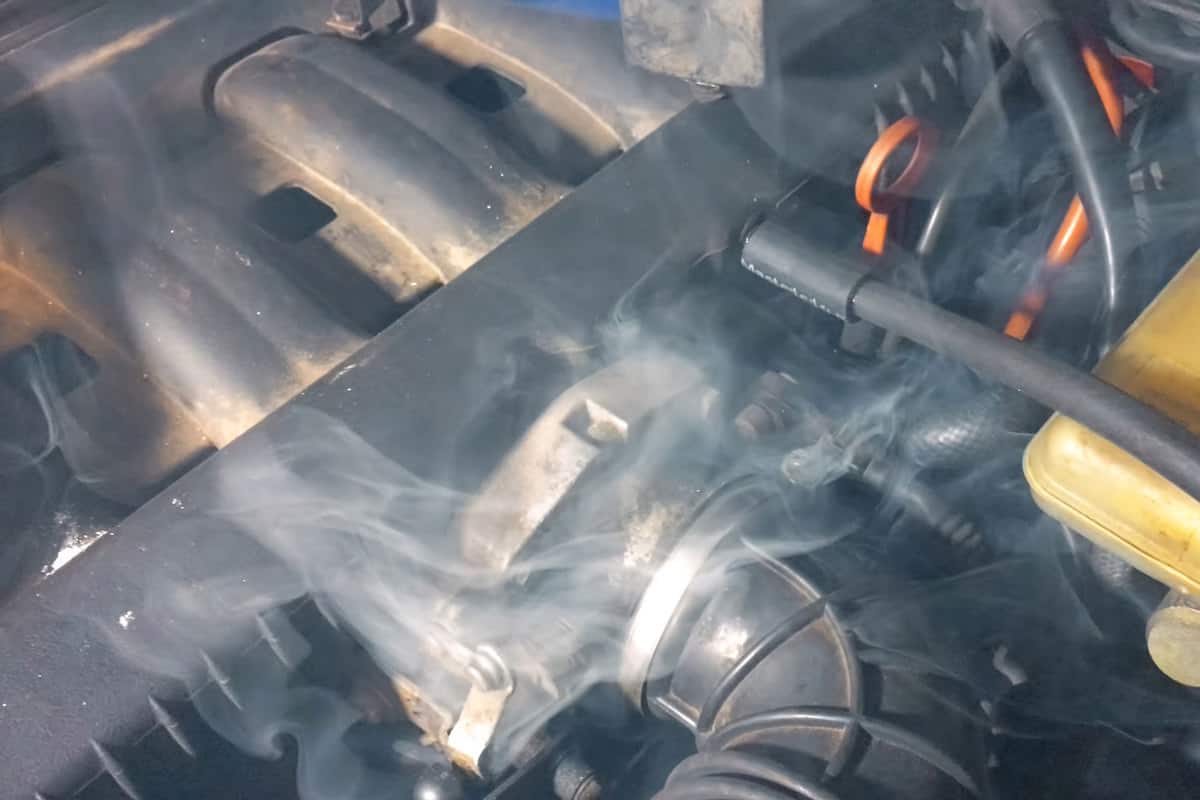
A burning smell could also be a sign that your transmission is overheating. Even if the burning smell isn't the transmission, it is still something to worry about. This could mean the engine itself is overheating.
Shaking Sensation
Lastly, you might feel a shaking sensation coming from the vehicle if the transmission is overheating.
This could be due to the gears not engaging correctly or the fluid getting hot and damaging some of the internal components.
Final Thoughts
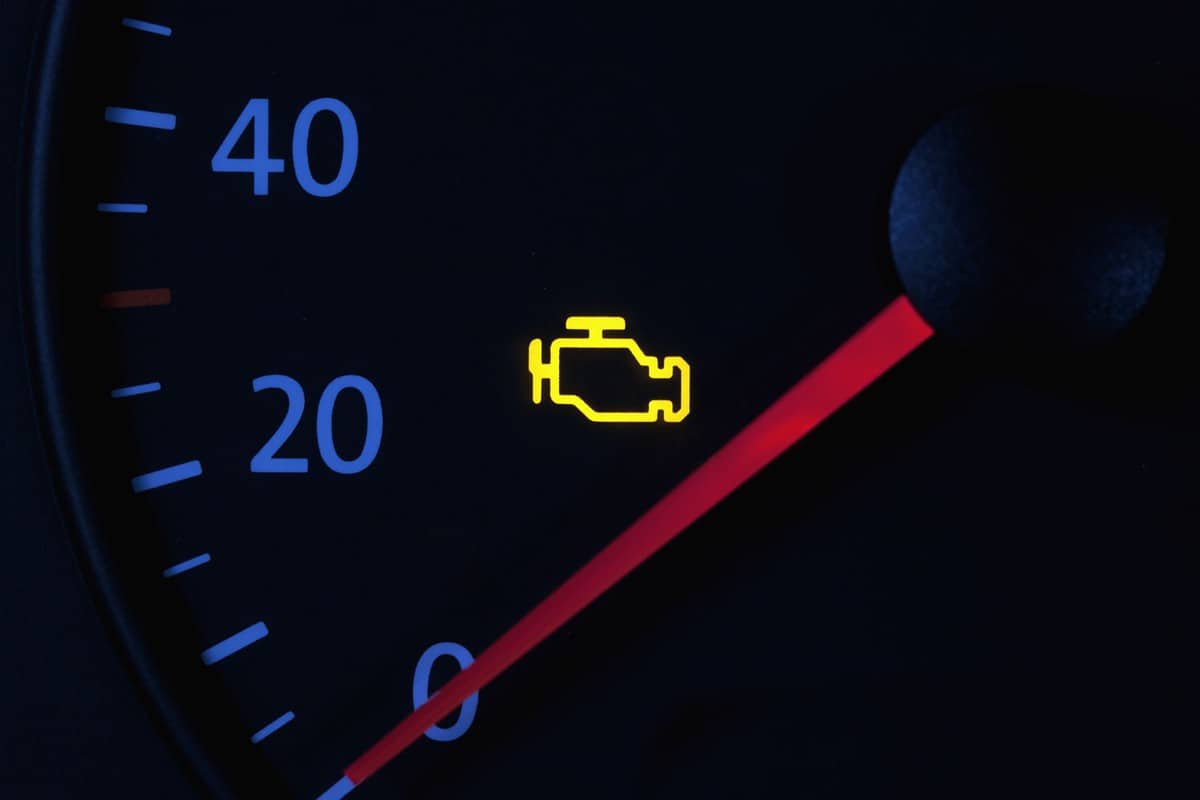
If you think your transmission is overheating, then it is important to take action as soon as possible.
The first step is to turn off your vehicle and let it cool down. Once the transmission has cooled down, you can check the fluid level and add more if necessary.
If the overheating continues, we recommend taking your vehicle to a mechanic for further diagnosis and repair.
Made it to the end? Here are other articles you might find helpful:
Can Transmission Fluid Get Low Without A Leak? [6 Points To Check]
